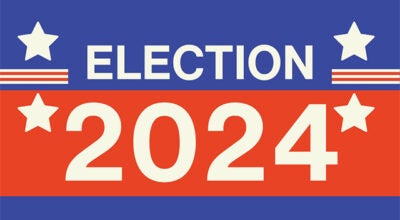School board hears presentations on World’s Best Workforce; student assessment data
Published 9:34 pm Monday, November 1, 2021
|
Getting your Trinity Audio player ready...
|
The Albert Lea school board heard presentations Monday about the World’s Best Workforce program as well as data pertaining to the most recent MCA testing.
In the World’s Best Workforce presentation, Mary Jo Dorman, executive director of teaching and learning, and Julie Eaton, teaching and learning coordinator, gave the board a recap of this year’s results as well as goals for next year.
World’s Best Workforce was a bill passed in 2013 to ensure that all districts in the state are making strides to increase student performance, according to the presentation. The performance of each district is based on five measures:
- All pre-kindergarten children are ready to begin school
- All third-graders can read at grade level
- All racial and economic achievement gaps between students are closed
- All students are ready for career and college
- All students graduate from high school
The first measure is decided by a FASTbridge earlyREADING test that categorizes students into three categories: high risk, some risk and low risk. Albert Lea’s goal for the 2021 school year was to have 85% of students in the some risk to low risk categories. The district met the goal exactly with 43% in some risk and 42% in low risk. The district set the goal of getting the percentage of students in the low risk category to 50%.
In the second category, the district set the goal for 48.1% of third graders to read at grade level, an increase of 5% from the results in 2019. The actual percentage came in at 35.7%. Eaton said one of the factors that could have played a role in that decrease was that only 86% of students participated in the exam in 2021, compared to 99% in 2019.
The district elected to keep the goal at 48.1% for the 2022 school year.
The third measurement looked at proficiency rates in math and reading in numerous racial minority groups and compared them with proficiency rates with white students. Results from Hispanic/Latino students, Black students, Asian students and students with two or more racial backgrounds were compared to white students. The district is looking for differences in proficiency rates, meaning the smaller the number, the better the district is at meeting its goals.
Albert Lea met its target goal in three of the eight categories: math in the Hispanic/Latino student population and both math and reading in the category of students with two or more races. The biggest gap between the targeted goal and actual percentage was in the math category of Black students, where the goal was set for a difference of 9.9%, but came in at 24.6%.
In the fourth category, the district examined the percentage of this year’s junior class who met college readiness benchmarks based on their ACT scores broken down into four categories, math, science, reading and English. The class of 2022 outperformed the goals set by the district in all four categories, coming in with a percentage of 61% in English compared to a goal of 40%; 38% in math compared to a goal of 34%; 44% in reading compared to a goal of 35%; and 39% in science compared to a goal of 37%.
In the final category, graduation rates from the overall student population were looked at as well as rates broken down into multiple sub categories.
The goal for the district is to have 85% of students graduate in four years. As a whole, Albert Lea graduated 80.88% of the senior class in 2020. White students were the highest subcategory with a graduation rate of 84.57%. Hispanic/Latino students had a rate of 76.27%, Asian 80%, English learners 73.54%, students in the free/reduced price meals program 72.08% and special education students at 65.31%.
The district maintained the goal to have an 85% graduation rate in all categories as well as overall.
The board also saw the results of the MCA testing for the district as well as how it compared to the percentage of students considered proficient across the state. Albert Lea trailed the state average in all three categories of math, reading and science.
In the math category, the state percentage was 44.2% while Albert Lea was at 30.4%. The state percentage in reading was 52.5%, while Albert Lea was at 40.2%. Finally in science, the state was at 43.1%, while Albert Lea was at 33.3%.
Albert Lea was also below the state in percentage of eligible students taking the tests. Albert Lea had percentages of 72.1% in math, 74.2% in reading and 69.8% in science — all more than three percentage points lower than the state numbers.






